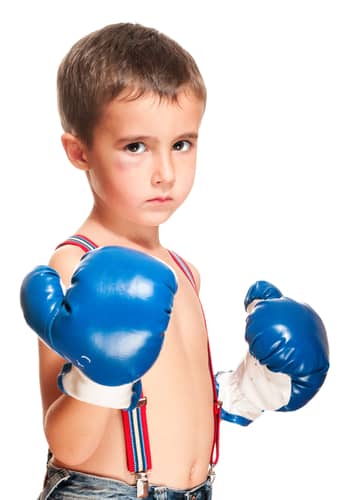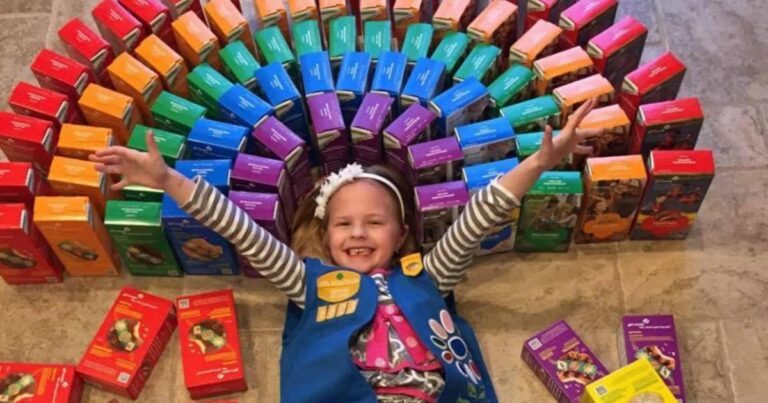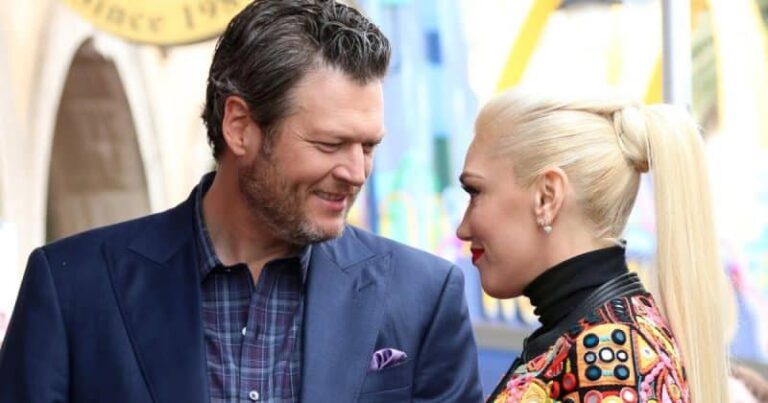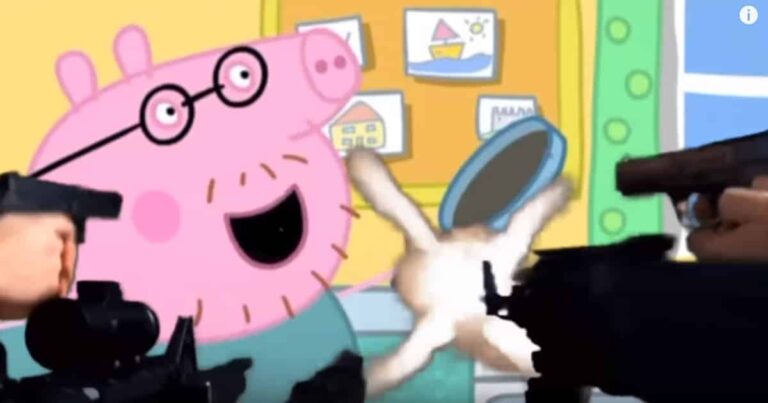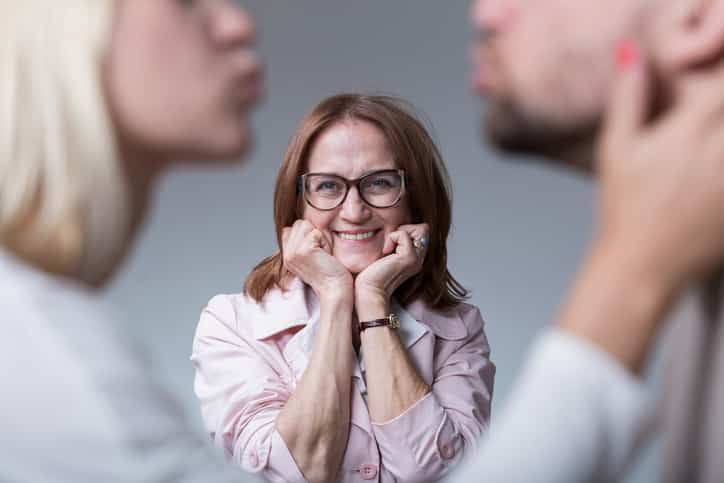I Have Guns. I Have Kids. And It’s No One’s Business But Mine.
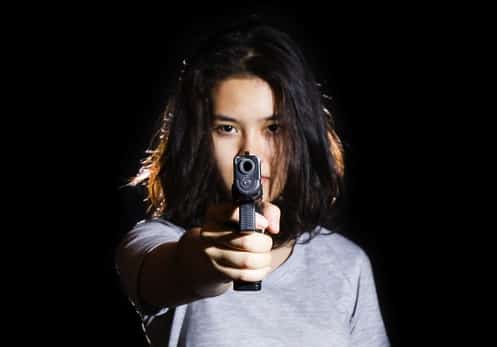 I’m a mom and a firearms enthusiast.
I’m a mom and a firearms enthusiast.
This doesn’t compute for some people. As a mom, it seems like they assume I’m supposed to be against guns, or that I maybe don’t have an opinion on it–but owning and supporting the ownership of them is some realm I don’t belong in.
We don’t own firearms for hunting. Neither my husband nor I like game meats in general, and we wouldn’t kill for the sake of killing–so while it’s nice to know we would have the option if we were ever that hard up, we don’t have guns for hunting.
My husband will say that our firearms serve the purpose of self-defense, but I don’t agree. Logically, I don’t see how getting into our locked storage container, getting the separately stored ammo, and loading our firearms would ever be an efficient enough process that we could do it in time to stop our home from being invaded.
Truthfully, we own firearms because we like firearms. Target practice at the range is fun and relaxing for us both. My husband grew up around guns and fondly recalls days shooting with his dad and brothers. It’s at least partially cultural for us””I’d even give you that our attraction to them is mostly cultural.
That we own guns because we like them and have children too is somehow enough to boggle people’s minds.
It may surprise you to hear that we are not morons, and yes, we understand the statistics out there regarding the deaths of children in households with firearms. No, we don’t ignore them either. No denial here””kids and firearms don’t mix, except under very specific circumstances.
In our home, we take all reasonable precautions. Our firearms and ammo are always behind lock and key, and we focus on teaching our children the basics of firearms safety–something I feel all parents should do whether they own firearms or not. We don’t refer to our guns as “toys”, and we are careful to put talks about gun safety in terms our children understand. We talk about them when they are out, we answer questions truthfully, and we allow our kids to touch them, because we want them to know the difference between the feel of a real gun and a toy they may run across.
When I was young, I saw the effects that losing a child to an accidental shooting can have on a family. A good friend of my father’s five year old shot his two year old brother. The devastation that family experienced–especially the father, who developed post traumatic complications and has blamed himself ever since–are well known to me. Recently, we experienced it again, when a student at my mother’s school was accidentally shot at a birthday party. She was seven. The shooter was five.
Kids and guns don’t mix without careful supervision. I get it. And believe me, I take it to heart.
We have our system set up to keep our guns secured. I still find myself regularly going over scenarios to get around the system. How could our children get a key to the locks? How could they reach the ammo? How could they tell the difference between what goes in what gun? How could they, possibly, in any remote way, get around the system and injure or kill themselves?
I play out these scenarios, and if I can figure out a way, we adjust. I doubt my three year old and seven year old would really think about it on the same level I do, but it’s not worth the risk that they might figure it out.
We’ve talked about how we will adjust the system as the kids get older, to keep them safe at different ages.
To imply that we don’t understand the risks? It’s insulting, given the amount of effort we put in to avoiding them.
I’m also not denying that gun violence is a problem. It is. I don’t think fewer guns is a perfect solution though.
Consider this thought from the CDC’s ”Priorities for Research to Reduce the Threat of Firearm-Related Violence”:
There are major disparities among subpopulations of people in the United States in terms of mortality rates from firearm violence. The patterns for homicide and suicide are vastly different depending on economic conditions and geography, with homicides occurring more frequently among youth in high-poverty urban environments and suicides occurring more frequently among middle-aged males in rural areas.
Violence, with or without firearms, is multi-faceted. There’s no such thing as a one-size-fits-all solution to it””only solutions that look at supporting mental health, making cultural changes, creating social safety nets, and, yes, looking at how guns play a role will work.
The same CDC report makes a point about defensive gun use:
Defensive use of guns by crime victims is a common occurrence, although the exact number remains disputed (Cook and Ludwig, 1996; Kleck, 2001a). Almost all national survey estimates indicate that defensive gun uses by victims are at least as common as offensive uses by criminals, with estimates of annual uses ranging from about 500,000 to more than 3 million (Kleck, 2001a), in the context of about 300,000 violent crimes involving firearms in 2008 (BJS, 2010). On the other hand, some scholars point to a radically lower estimate of only 108,000 annual defensive uses based on the National Crime Victimization Survey (Cook et al., 1997). The variation in these numbers remains a controversy in the field. The estimate of 3 million defensive uses per year is based on an extrapolation from a small number of responses taken from more than 19 national surveys. The former estimate of 108,000 is difficult to interpret because respondents were not asked specifically about defensive gun use.
I’ve already mentioned that we are a house divided when it comes to defensive firearm usage””I think in our case it’s pretty improbable, except perhaps in case of zombie apocalypse. But there are people that are using their guns””and using them successfully–for defensive purposes.
Despite evidence that those who own guns are more often victims of homicide, the CDC analysis of research found that ”studies that directly assess the affect of defensive uses of guns (i.e., incidents in which a gun was ”used” by the crime victim in the sense of attacking or threatening an offender) have consistently found lower injury rates among gun-using crime victims compared with victims who used other self-protective strategies.”
The bottom line is that we’re not morons, we’re not irrational, we’re not trying to put our kids in unnecessary danger. We’ve considered the evidence, we’ve considered the danger, and we’ve taken appropriate precautions.
I have guns. I have kids. And it’s no one’s business but mine.
(Image: Butsaya/shutterstock)

